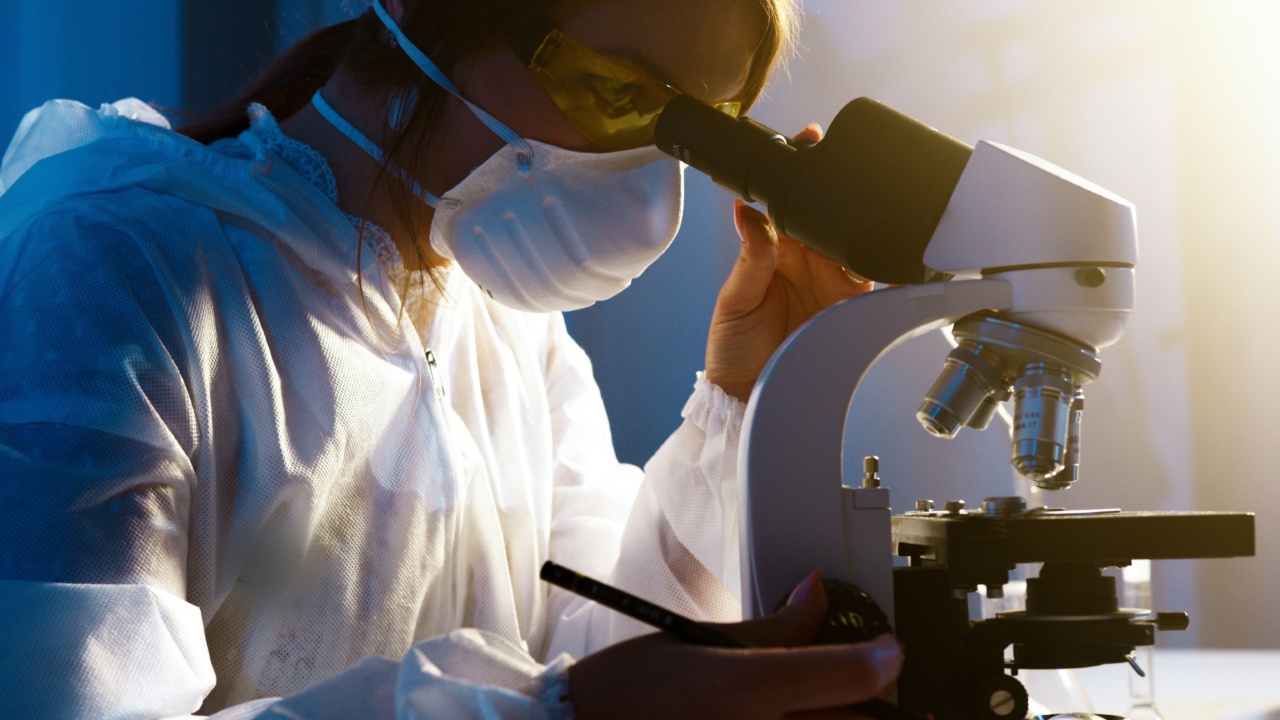In the quest for living longer and healthier lives, scientists have turned to biotechnology as a potential solution.
Biotechnology, which involves the use of living organisms or their products to improve or create new products or processes, is now being explored as a means to extend human lifespan. Researchers believe that by harnessing the power of biotechnology, humans may one day be able to live for up to 150 years.
This notion might sound like science fiction, but recent advancements in the field have given scientists hope that it could become a reality.
The Science Behind Aging
Before delving into the potential of biotechnology to extend human lifespan, it is important to understand the science behind aging. Aging is a complex process determined by a combination of genetic, environmental, and lifestyle factors.
At its core, aging involves the gradual deterioration of cells, tissues, and organs in the body. This deterioration can lead to a wide range of age-related diseases and conditions, including heart disease, cancer, and neurodegenerative disorders.
One of the key factors contributing to aging is the shortening of telomeres, which are protective caps on the ends of our chromosomes. Each time a cell divides, its telomeres become shorter.
Eventually, the telomeres become so short that the cell can no longer divide, leading to cellular senescence or cell death. This process is believed to play a major role in the aging process.
Biotechnology and Aging
Biotechnology has the potential to address the underlying mechanisms of aging and potentially slow down or even reverse the aging process.
Scientists are exploring various approaches to achieve this, including genetic engineering, stem cell therapy, and the use of senolytics.
Genetic Engineering
Genetic engineering involves the manipulation of an organism’s genes in order to alter its characteristics or traits. Scientists are investigating the possibility of using genetic engineering to modify the genes associated with aging.
By identifying and targeting specific genes linked to the aging process, researchers hope to develop interventions that can slow down or reverse age-related decline.
For example, researchers have identified a gene called SIRT1 that is involved in the regulation of aging. By activating this gene, scientists have been able to extend the lifespan of various organisms, including yeast, worms, and mice.
While much more research is needed, these findings suggest that genetic engineering could hold the key to extending human lifespan.
Stem Cell Therapy
Stem cell therapy involves the use of stem cells, which have the ability to differentiate into various types of cells in the body, to regenerate and repair damaged tissues and organs.
As we age, our stem cells become less effective at regenerating and repairing damaged cells. This decline in stem cell function is thought to contribute to the aging process.
Researchers are now exploring ways to rejuvenate stem cells and enhance their regenerative capabilities.
This could potentially be achieved through the manipulation of genes, as well as the use of growth factors and other substances that can activate stem cells. By harnessing the power of stem cells, scientists hope to develop therapies that can combat age-related decline and extend human lifespan.
Senolytics
Senolytics refer to a class of drugs that can selectively eliminate senescent cells, which are cells that have entered a state of permanent growth arrest.
These senescent cells accumulate with age and secrete harmful substances that can damage surrounding tissues and contribute to age-related diseases.
Recent studies have shown that by removing these senescent cells from the body, researchers can improve tissue function and extend the lifespan of mice.
This has sparked interest in developing senolytic drugs for humans, with the hope of achieving similar benefits. While the research is still in its early stages, the potential of senolytics to mitigate age-related decline is promising.
The Ethical Considerations
While the potential of biotechnology to extend human lifespan is exciting, it also raises important ethical considerations.
Extending human lifespan could have profound implications for society, including issues related to overpopulation, resource consumption, and intergenerational equity. Additionally, there are concerns about the potential for unequal access to life-extending technologies, further exacerbating existing social inequalities.
Ethical frameworks will need to be developed to ensure that any advancements in biotechnology are used responsibly and for the benefit of all.
It is crucial to consider the broader societal implications and engage in thoughtful discussions about the potential consequences of extending human lifespan.
Conclusion
While the idea of living for 150 years may still seem far-fetched, biotechnology holds the potential to make this vision a reality.
Scientists are making significant strides in understanding the mechanisms of aging and developing interventions to slow down or reverse the aging process. However, achieving significant lifespan extension will require further research, rigorous testing, and careful consideration of the ethical implications.
As biotechnology continues to advance, it is important to approach these developments with cautious optimism.
The ability to live longer, healthier lives holds immense promise, but it is crucial that we navigate these potential breakthroughs responsibly and with a focus on ensuring the well-being of all individuals and society as a whole.




























